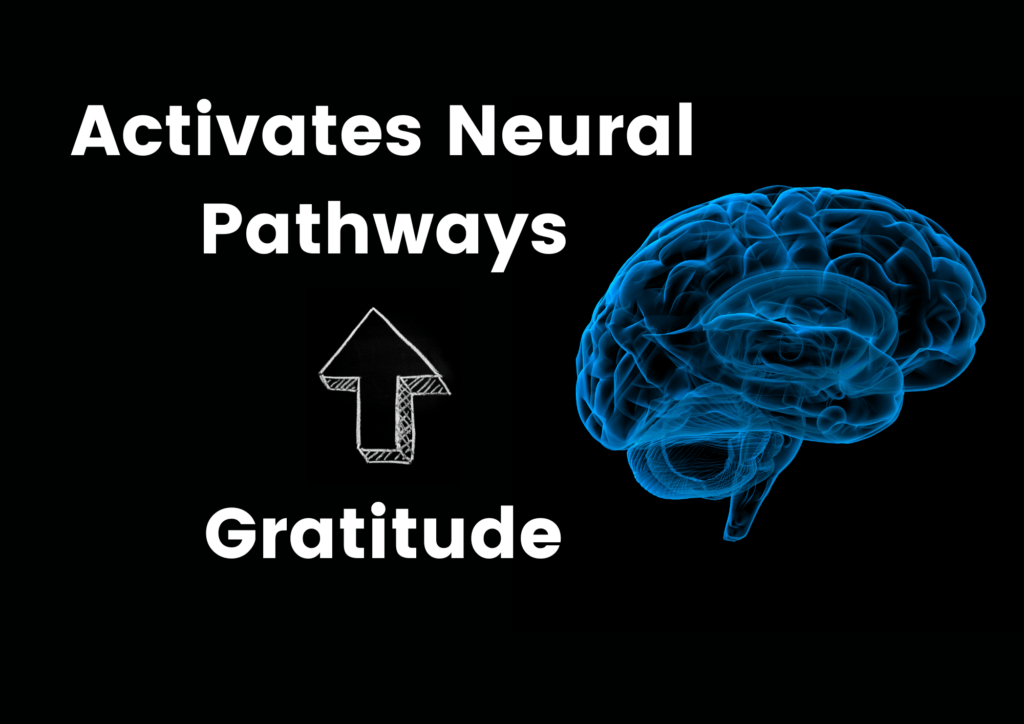
“Wear gratitude like a cloak, and it will feed every corner of your life.” – Rumi
Despite not having much in the way of material riches, I grew up listening to my mother express gratitude every day. We didn’t have “nothing” – after all, we had a roof over our heads, three meals a day, and the opportunity to study. And while that wouldn’t have been enough for many people, my mother taught me the importance of giving thanks, and I finally started including a gratitude practice in my morning ritual approximately 20 years ago.
I’ve found it helps my sense of humility and puts me in a mood where I can appreciate everything around me. In heavy traffic, I feel grateful I have a car to drive. I see and enjoy all the trees lining the roads, and how beautiful the sky looks. In situations where I’ve been cut off, or someone drives slowly in the fast lane, my morning gratitude practice keeps me at peace.
It has made such a difference in my life that I decided to investigate why gratitude works, and I’ve found the science behind it to be solid.
The connection between neural circuits and gratitude lies in the brain’s reward system and its influence on emotions, empathy, and social bonding. Certain neural pathways are activated when we experience gratitude or express appreciation, leading to a cascade of neurobiological events.

The brain’s reward system, which is primarily centered on the mesolimbic pathway, is one important area involved in the experience of gratitude. The ventral tegmental area (VTA) and the nucleus accumbens (NAcc) are part of this pathway. One key area involved in the experience of gratitude is the brain’s reward system, primarily centered around the mesolimbic pathway. This pathway includes the ventral tegmental area (VTA) and the nucleus accumbens (NAcc). The VTA regulates reward consumption, learning, memory, and addiction behaviors through mediating dopamine release. The nucleus accumbens serves as the neural interface between motivation and action.
When we engage in acts of gratitude or receive expressions of gratitude, the VTA is activated, leading to increased dopamine release. This activation creates a sense of pleasure and reinforces the behavior associated with gratitude, making us more likely to continue engaging in grateful thoughts and actions.
Another important aspect is the connection between gratitude and empathy. The anterior cingulate cortex (ACC) and the insula are brain regions associated with empathy, understanding others’ emotions, and perspective-taking. Studies have shown that when individuals feel and express gratitude, these regions are activated, enhancing our ability to empathize with others and understand their experiences. This neural connection between gratitude and empathy builds stronger social connections and fosters positive relationships.
Moreover, gratitude has been found to activate brain areas associated with social bonding. The release of oxytocin, often referred to as the “love hormone,” is linked to feelings of trust, bonding, and social connection. Studies have demonstrated that gratitude can increase oxytocin levels, which, in turn, strengthens social ties and promotes better interpersonal relationships.

The release of neurotransmitters, such as dopamine and serotonin, plays a crucial role in the neurobiology of gratitude. Dopamine is associated with reward and reinforcement, while serotonin is involved in mood regulation and feelings of well-being. Expressing gratitude and engaging in grateful thinking stimulate the release of these neurotransmitters, leading to an increased sense of happiness, contentment, and overall well-being.
The neurobiological aspects of gratitude illustrate how our brain responds to gratitude experiences and why it can profoundly impact our emotions and social interactions. By understanding these neural connections, we can gain insights into the mechanisms underlying the positive effects of gratitude and its potential for transforming our mindset and relationships.
It’s important to note that the specific neural circuits and mechanisms of gratitude are still being explored, and further research is needed to deepen our understanding of this complex phenomenon. Nonetheless, the existing evidence suggests that gratitude practices can reshape our brains, enhance positive emotions, strengthen social bonds, and enrich our lives.
References:
Book Review: Thanks! How the New Science of Gratitude Can Make You Happier
Gratitude and well-being: a review and theoretical integration
https://pubmed.ncbi.nlm.nih.gov/20451313/
Positive Psychology and Gratitude Interventions: A Randomized Clinical Trial
https://pubmed.ncbi.nlm.nih.gov/30949102/
Comparing gratitude and pride: evidence from brain and behavior
https://pubmed.ncbi.nlm.nih.gov/35437682/
Effects of gratitude intervention on mental health and well-being among workers: A systematic review